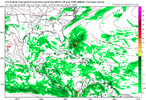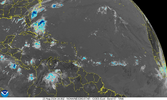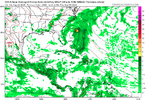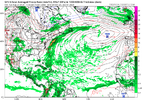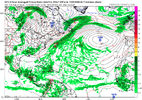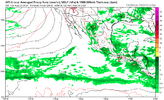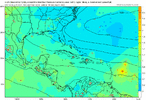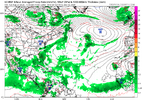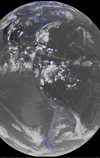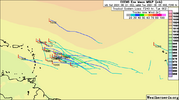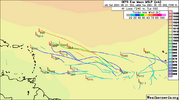Yep. Yesterdays day’s Euro Weeklies vs normal ACE
8/26-9/1: 10%; Norm 14
9/2-8: 40%; norm 15
9/9-15: 70%; norm 16
9/16-22: 90%; norm 13

charts.ecmwf.int
So, the progged ACE mean is 30. This is significantly below the 1991-2020 avg of 58. Over 75% of this deficit is due to weeks 1-2. The point is that despite wet Euro Weekly maps, they at the same time have much BN ACE.
JB yesterday showed these low ACE maps and said while laughing: “My numbers are just… they’re shot….I’m talking about the impact…This is just wild stuff. 50% of the normal ACE at the height of the season. Holy smokes. Now do I believe it? No, not really. But maybe it’s going to happen. There’s still going to be a lot of high impact forecasted but the numbers gotta come down”


